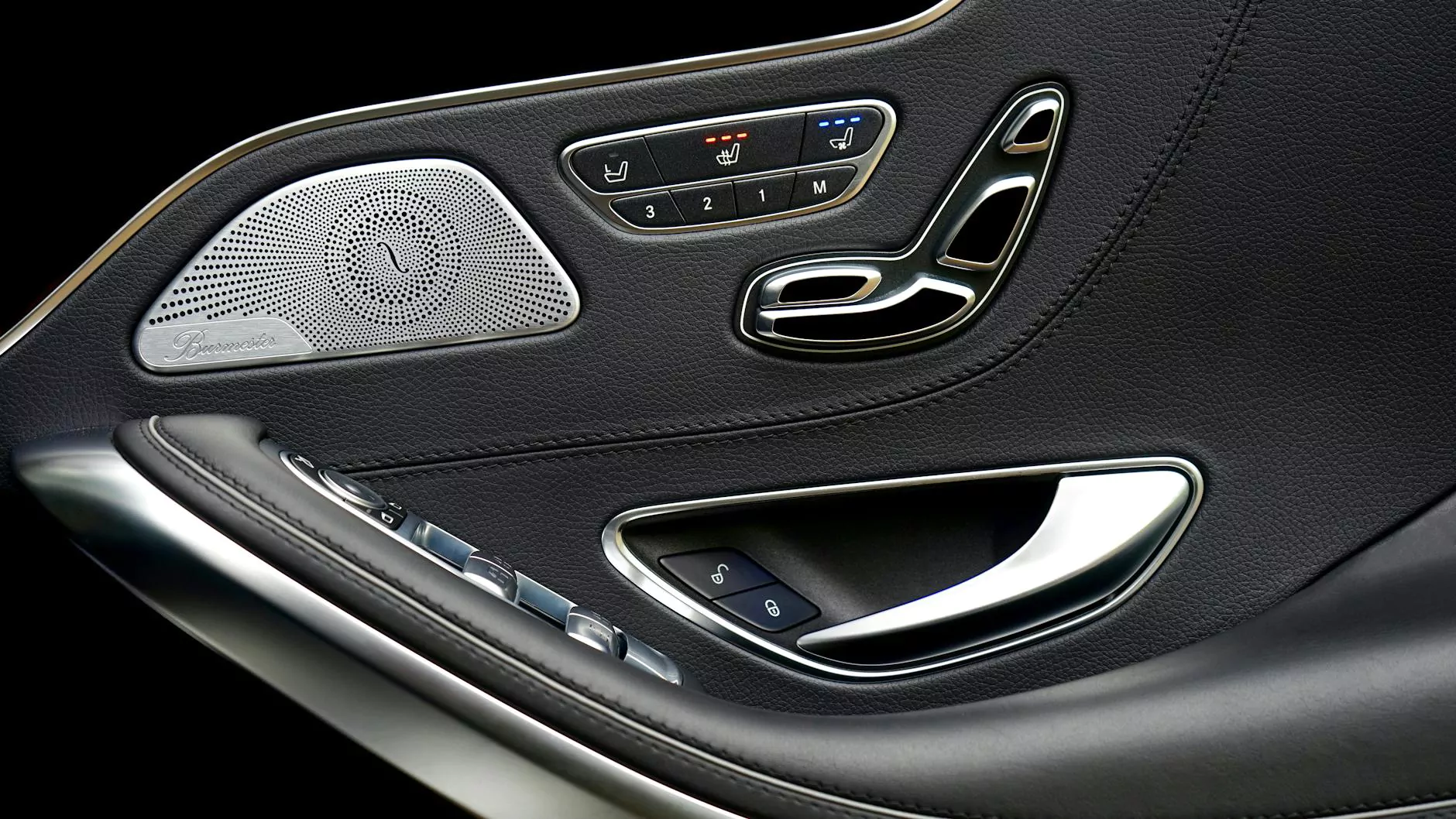The Industrial Revolution Model: Transforming Business in Architecture

The Industrial Revolution Model marks a significant turning point in history, revolutionizing the way industries, particularly architecture, operate. Its implications extend far beyond mere production methodologies; it represents a profound shift in business practices, project management, and design principles.
Understanding the Industrial Revolution Model
The Industrial Revolution, spanning from the late 18th to the early 19th century, introduced groundbreaking technologies and methodologies that redefined industrial production. The primary components of this model include:
- The introduction of mechanization, leading to increased productivity.
- The establishment of factories, allowing for mass production.
- Advancements in transportation and communication, facilitating trade and collaboration.
This model laid the foundation for modern business practices in architecture, providing innovative solutions to age-old challenges in construction, design, and project management.
The Impact on Architectural Practices
1. Mechanization and Efficiency
With the advent of mechanized tools, architects and builders experienced a substantial boost in efficiency. Traditional hand tools gradually gave way to machinery, which enabled:
- Faster construction times
- Higher precision in designs
- Greater accessibility to materials
These advancements allow architects to focus on creativity and innovation rather than getting bogged down by manual processes.
2. Mass Production of Building Materials
The Industrial Revolution heralded the mass production of building materials, which significantly reduced costs and increased availability. Key materials that benefited from this revolution included:
- Steel - transforming structural capabilities
- Concrete - allowing for diverse design forms
- Glass - revolutionizing aesthetic elements
These materials paved the way for iconic architectural movements, such as Modernism, which relied heavily on the visibility of structure.
3. The Rise of the Factory Model in Architecture
Just as factories transformed industries, the architectural firm began to adopt similar models of organization. This shift led to:
- Standardization of processes
- Improved collaboration among interdisciplinary teams
- Enhanced scalability for larger projects
Architects could now manage multiple projects simultaneously, significantly increasing their output.
Business Practices in Architecture Post-Industrial Revolution
The Shift towards Industrialization
As architecture began to embrace industrialization, firms started incorporating principles from the Industrial Revolution Model into their operations. This transformation involved adopting new business practices that included:
- Emphasis on project management methodologies
- Incorporation of technology in design and planning
- Streamlined communication channels
Firms that adapted swiftly were positioned to gain a competitive edge in the industry.
Embracing Innovations in Technology
The integration of computers and advanced software into the architectural process revolutionized not just design but also business management. Tools such as Building Information Modeling (BIM) allow architects to:
- Visualize projects in three dimensions
- Perform accurate cost estimates
- Enhance collaboration across teams
This technology aligns with the industrial revolution model by promoting efficiency and minimizing waste.
Challenges and Adaptations
While the Industrial Revolution Model has significantly streamlined processes and created opportunities, it has also presented challenges that architects must navigate:
- Market Competition: An increase in production capacity led to heightened competition among firms.
- Rapid Technological Change: Keeping up with technological advancements requires continuous learning and adaptation.
- Sustainability Concerns: The emphasis on mass production raises important issues about the environmental impact of construction.
Architects must strategically address these challenges to remain relevant and competitive in an ever-evolving industry.
Future Perspectives on the Industrial Revolution Model
As we move deeper into the 21st century, the influence of the Industrial Revolution Model continues to evolve. Architects are now focusing on:
1. Sustainable Design Practices
The increased awareness of environmental issues has led to a shift towards sustainability. Architects are now tasked with creating designs that:
- Minimize energy consumption
- Utilize recyclable materials
- Implement green roofs and walls
This commitment to sustainability reflects the broader definition of the industrial revolution model, where efficiency and responsibility go hand in hand.
2. Smart Technologies
Integrating smart technologies into building design is another forward-looking trend. Features such as:
- Smart lighting systems
- Automated climate control
- IoT connectivity
These innovations not only optimize energy usage but greatly improve the user experience within architectural spaces.
3. Collaborative Project Delivery
In the spirit of the Industrial Revolution, collaboration among stakeholders is more critical than ever. Architects, engineers, and contractors are embracing:
- Integrated Project Delivery (IPD)
- Design-Build approaches
- Co-creative strategies with clients
This collaborative approach enhances communication and drives collective success in project outcomes.
Conclusion
The Industrial Revolution Model represents a cornerstone in the evolution of architectural practices and business methodologies. By embracing the principles of efficiency, technology, and collaboration, firms can navigate the complexities of modern architecture and build a sustainable future.
As architects around the world continue to adapt to the changing landscape, the lessons learned from this historical model will remain invaluable. By leveraging innovation and prioritizing sustainability, architects are not just building structures; they are paving the way for a resilient and progressive industry.









